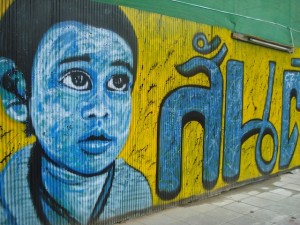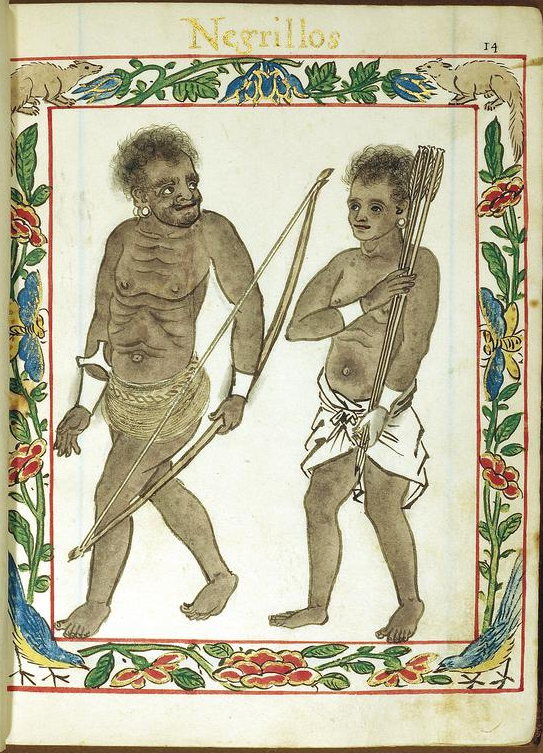
I was just telling my neighbor here, Kabsat Kandu, about a chance encounter I had with a Badjao beggar family who were stranded in flooded urban streets, minus their boat.
I was recently in Manila, gulping down my second cup of coffee in a rush to catch an appointment, when someone banged on the steel gate of the old family home (which now housed a printing press) where I was staying. She was waving a letter and shouting in an unfamiliar language. The noisy machine drowned her out, and no one else in the house seemed to want to indulge a visibly desperate beggar.
“My lucky day,” I told Kandu with no trace of irony. Continue reading “Boatless Badjaos”



